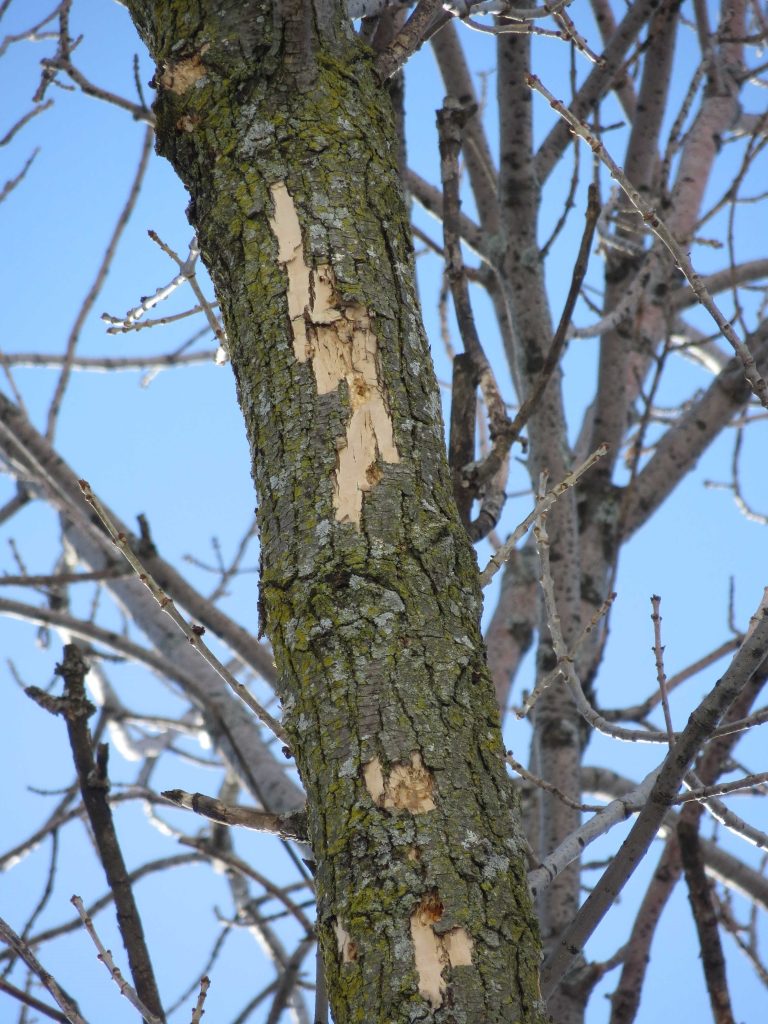Wisconsin fire experts remind Wisconsinites that we’re entering a critical period for forest fire potential and it’s essential to regularly check fire danger and burning restrictions.
Since March 1, DNR firefighters have responded to 500 wildfires that have burned more than 1600 acres. Fire danger is expected to increase over the weekend, due in part to the fact that southern Wisconsin has received less rain than normal.

Crown fire rages during 2005 Cottonville Fire.
Additionally, the state’s greatest tree species of concern, pines, are in a phenomenon called the “spring dip.” During this time, moisture content in the needles is low while the starch content is high. This combination, which is not visible to the naked eye, means that pine trees are more likely to catch fire during a wildfire and crown fires (fires in the tree tops) are possible. The timing of this phenomenon coincides with the greening-up of ground vegetation and leafing out of trees, which can cause people to let their guard down.
May 5th marks the 16th anniversary of the Cottonville Fire, which burned 3,410 acres in Adams County. The fire burned a swath of forest land and residential property 1.5 miles wide and 7 miles long; 90 buildings were destroyed, including 9 year-round homes, 21 seasonal homes, and 60 outbuildings. The fire was started by a person who failed to follow burning permit restrictions.
Burning permits for residential debris burning are frequently suspended this time of year when fire danger increases. Check the day’s burning restrictions every day you intend to burn by calling 1-888-WIS-BURN (947-2876) or by checking online. Larger piles and daytime burning require a special permit from the DNR. Piling your debris in a campfire pit does not make it acceptable to burn during the day. Remember: If your property is outside the DNR protection area, check with local officials for burning restrictions.

 Spring is the peak wildfire season in Wisconsin, and we all play a part in reducing wildfire risk. This time of year, there is still a great deal of dead vegetation that dries out quickly and is available fuel for a wildfire.
Spring is the peak wildfire season in Wisconsin, and we all play a part in reducing wildfire risk. This time of year, there is still a great deal of dead vegetation that dries out quickly and is available fuel for a wildfire.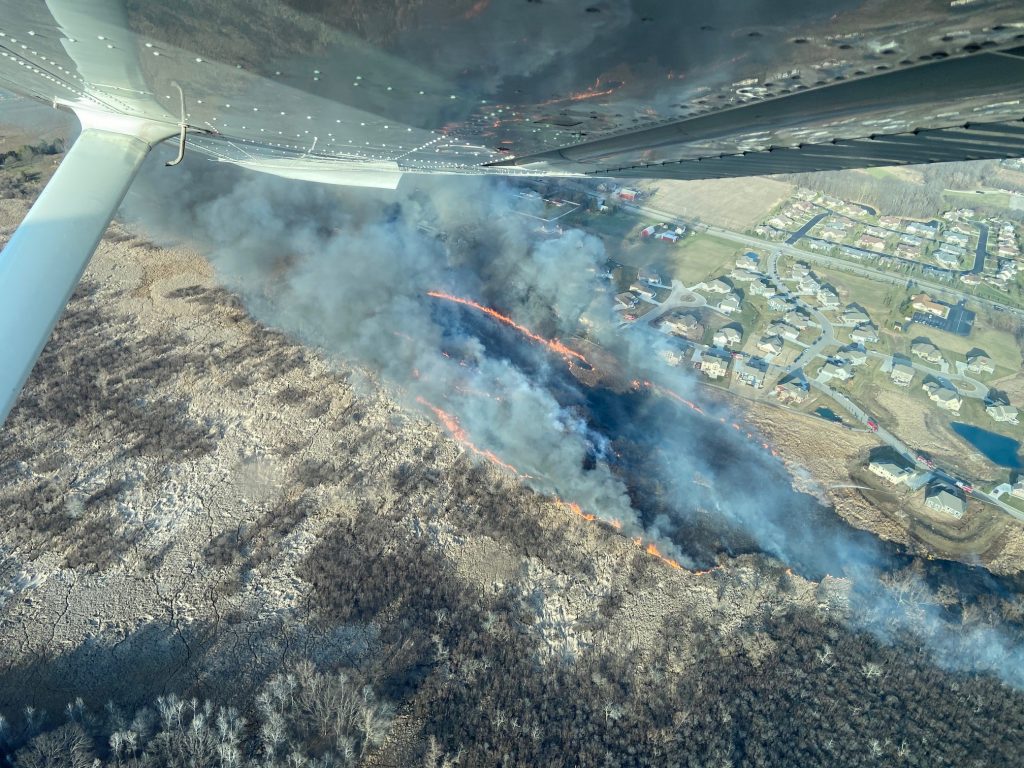
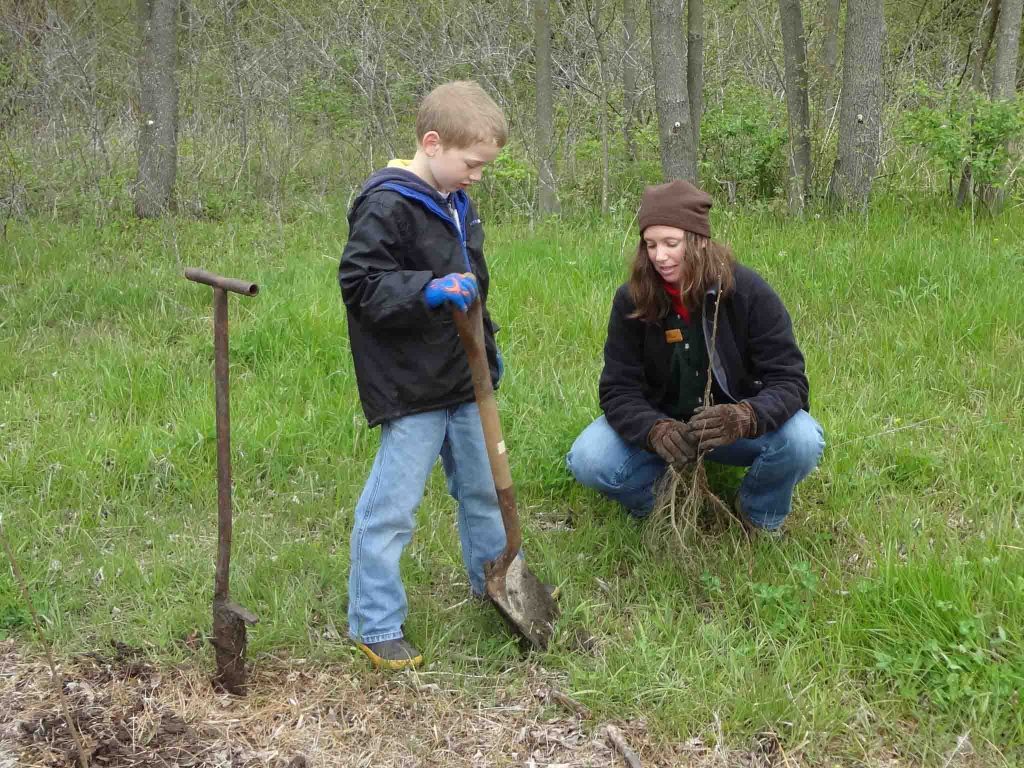 Due to the ongoing COVID-19 pandemic, the Arbor Day Foundation has suspended their requirement to hold a public Arbor Day celebration in 2021. Communities will be able to maintain their Tree City USA designations without meeting this standard. An Arbor Day proclamation is still a requirement.
Due to the ongoing COVID-19 pandemic, the Arbor Day Foundation has suspended their requirement to hold a public Arbor Day celebration in 2021. Communities will be able to maintain their Tree City USA designations without meeting this standard. An Arbor Day proclamation is still a requirement.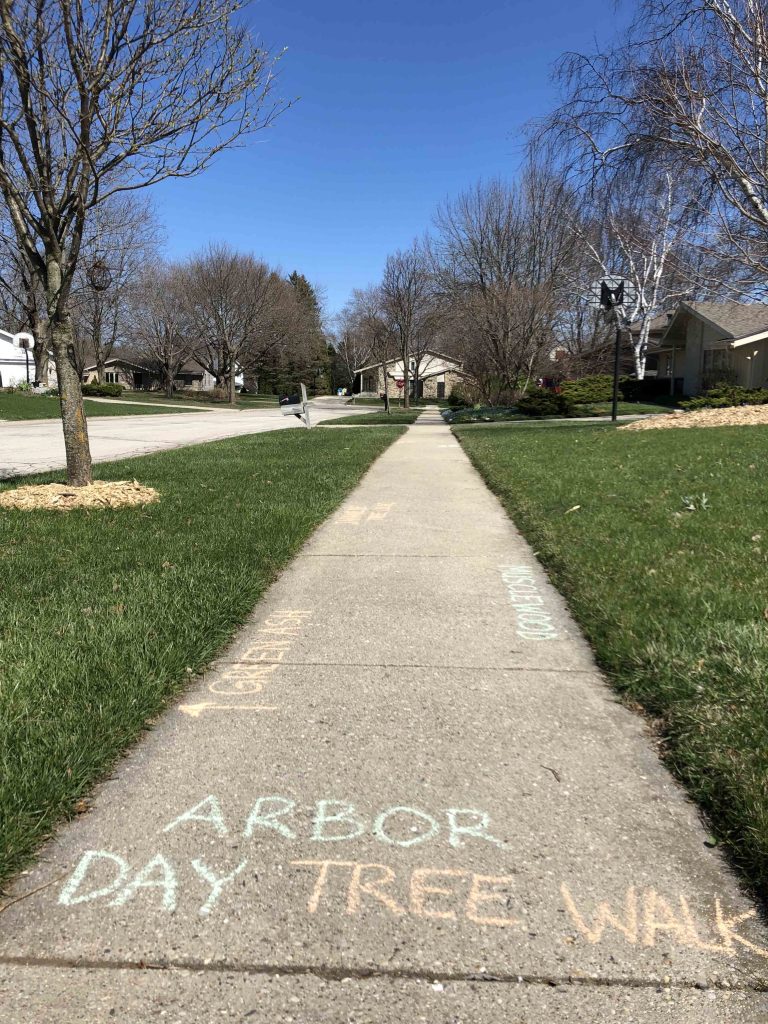 Looking for ideas for celebrating Arbor Day during the pandemic? Here are a dozen possibilities:
Looking for ideas for celebrating Arbor Day during the pandemic? Here are a dozen possibilities: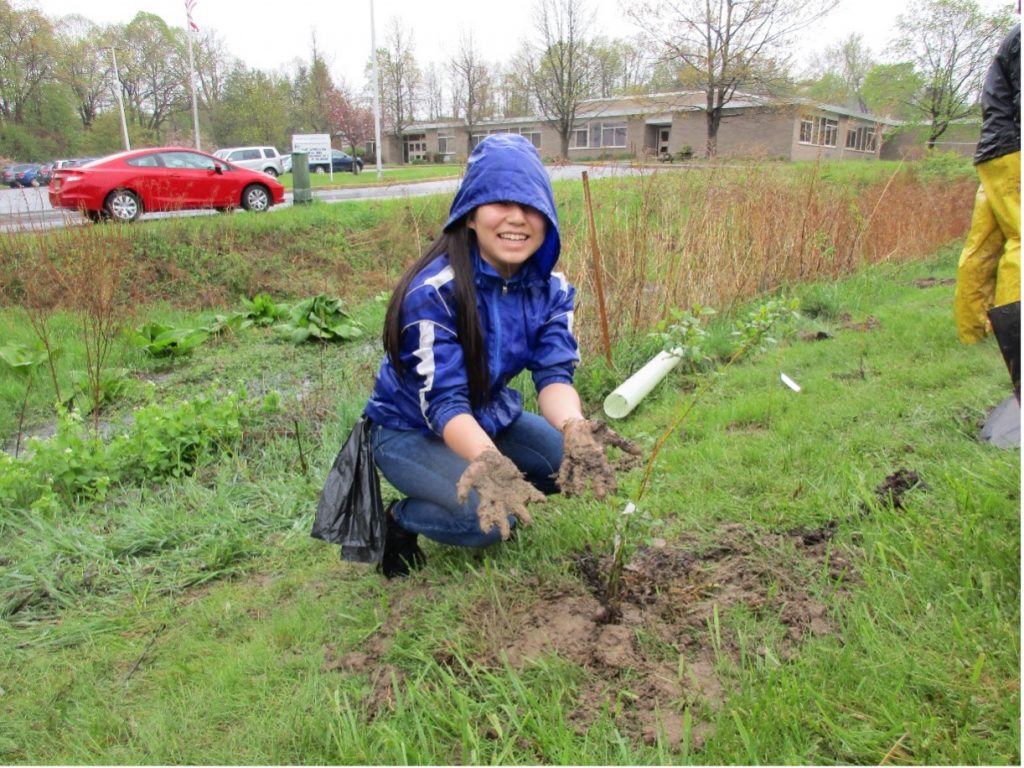 April 26-30 is
April 26-30 is 